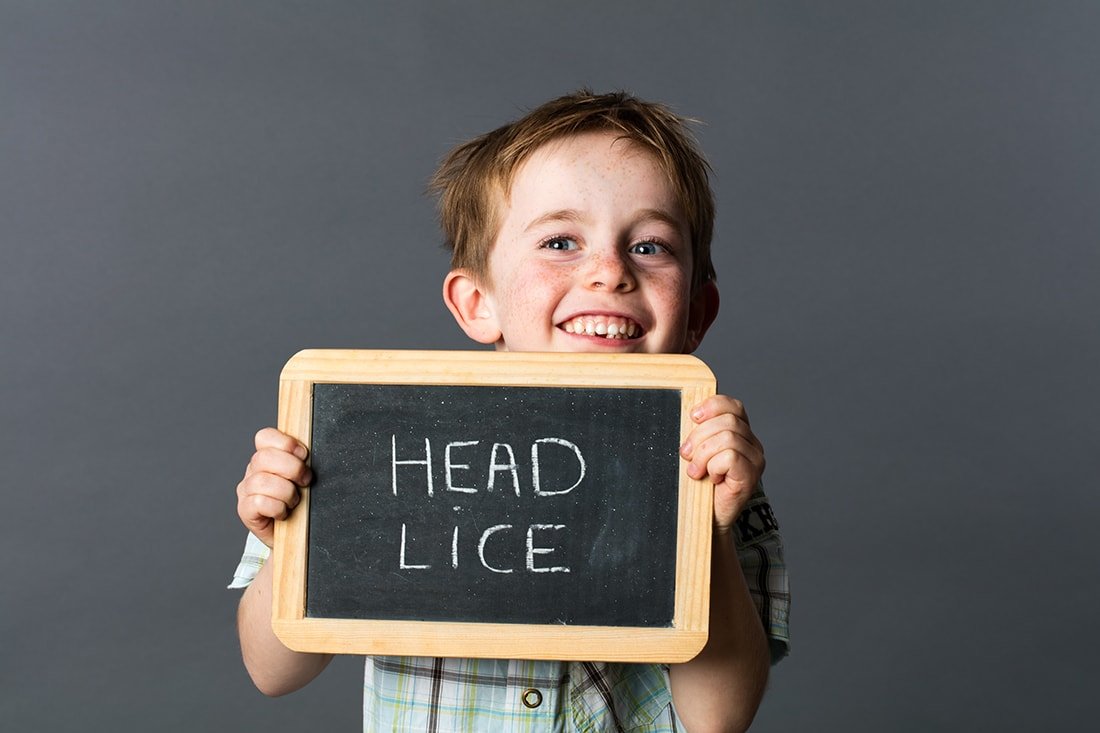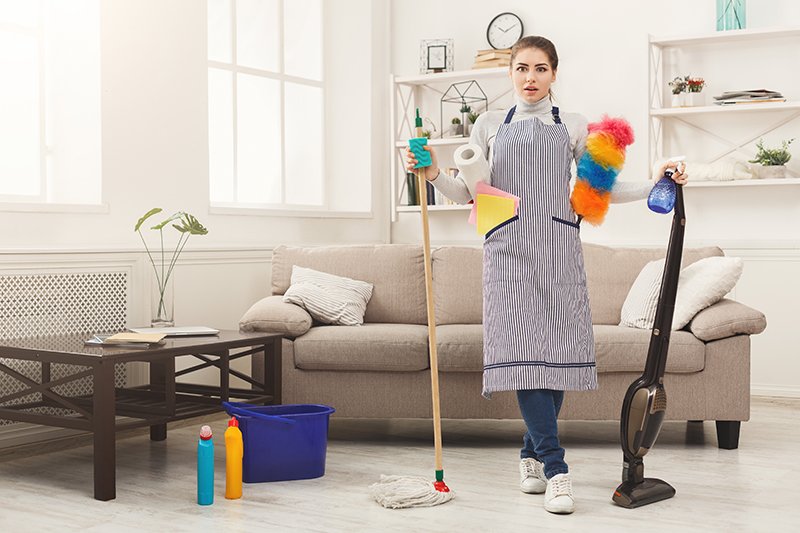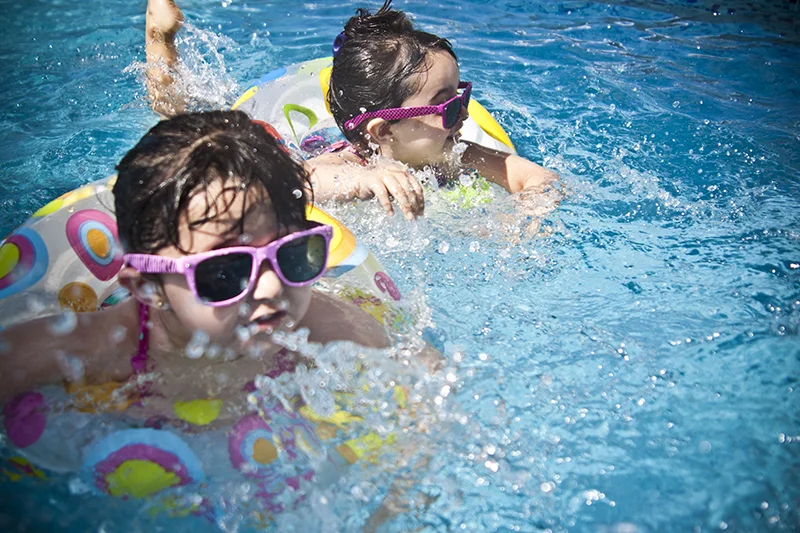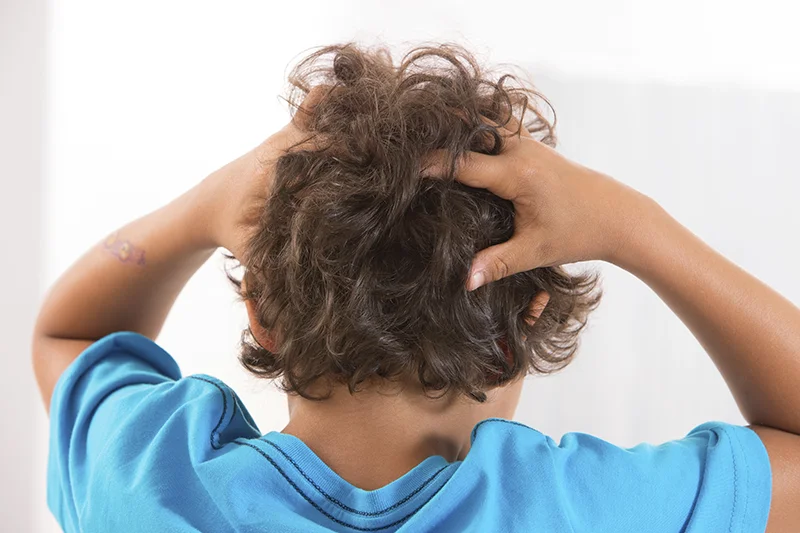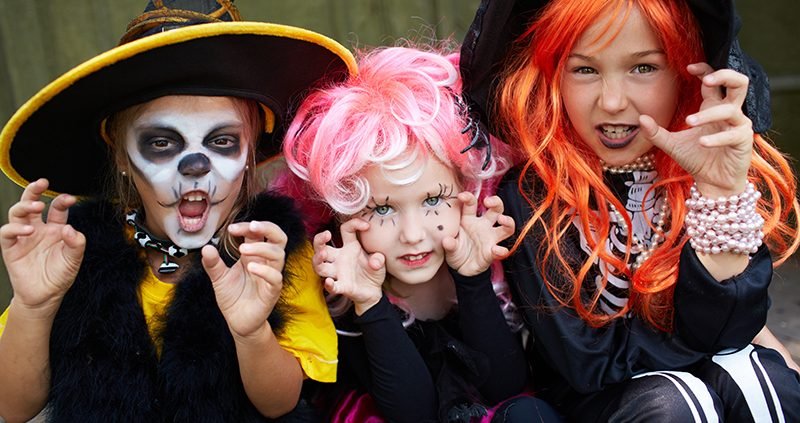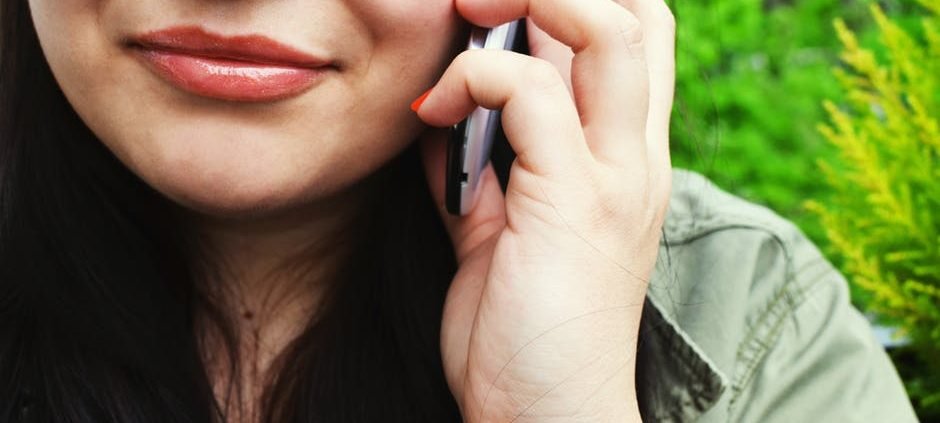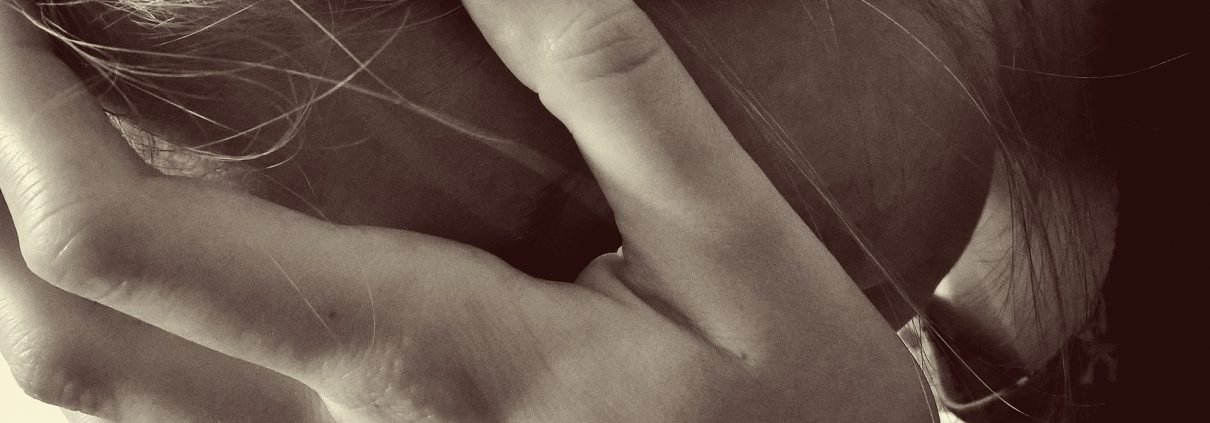The 3 Secrets to Head Lice Removal
It can be a scary thing to discover you or your child are the victim of a lice infestation. It might seem impossible to rid your home of these annoying pests. You might even be tempted to risk exposure to harsh pesticides and treatments just to get them out of your home. Getting rid of head lice doesn’t have to be a nightmare, though. Here are the three secrets to effective head lice removal.
1. The AirAllé Head Lice Removal Treatment
It isn’t necessary to expose yourself to toxic pesticides to get rid of lice. You also don’t have to go it alone. While it might seem tempting to go for an over-the-counter treatment, they can come with serious risks. Some include chemicals that are found in pesticides like Raid! These chemicals have been found to be carcinogenic and are linked to neurological disorders in younger children. Our signature AirAllé treatment is a chemical-free process that works by drying out the lice and their eggs. This kills all of the bugs and prevents new ones from hatching without subjecting you or your child to dangerous toxins!
2. Clean The Critters Out of Your House
After a successful lice treatment, it’s important to safeguard yourself and your family against further infestations. Part of getting rid of lice is STAYING rid of them, after all. A thorough cleaning of your home is a good thing to consider. You don’t have to clean every area of your home, but there are some areas that need special attention.
Start with hairbrushes, combs, and other hair accessories. You can put them a plastic bag and then the freezer for 24 hours to kill them. Placing them in hot water can also aid in the lice removal process. Also consider cleaning any clothing, stuffed toys, or bedding. They can be put in a dryer, where the high heat will kill any lice or eggs.
Furniture, carpeting, and anything else that can’t be put in a washer or dryer should be thoroughly vacuumed. Additionally, items such as large pillows and cushions can be placed in sealed plastic bags for 48 hours.
3. Prevent Future Infestations Before they Start
Prevention is the best lice removal method. The most common way lice is spread is through direct head to head contact with an infected person,. Children are most likely to be infected. Therefore, weekly inspections of a child’s head can help detect an infestation early, making it easier to treat. Avoid sharing items that may come in contact with the head, such as hair accessories, scarves, or coats.
Avoid games or other activities where one child may place their head near another child’s. This should also be applied to adults who work with children. Long hair can be kept tidy to help prevent infestations as well.
Ask your child to keep their belongings isolated. This is because shared spaces can be breeding grounds for lice. Clothing or other items that have been exposed to infected individuals can be disinfected by having them outside for 48 hours. They can also be washed at 140 degrees for 30 minutes.
There’s only so much you can do stop your little ones from playing closely with their friends. Fortunately, there are also preventative products you can use to help defend your child against head lice. Our all-natural preventative shampoos, conditioners, and detanglers work without any of the harsh and dangerous chemicals found in other lice prevention products. (And they smell great!)
Contact the Professionals for Effective Head Lice Removal
Getting rid of head lice doesn’t have to be a huge ordeal. Our treatments are non-toxic, safe, and effective. You don’t have to go it alone and use dangerous chemicals to get the job done. Contact the pros at Fresh Heads Lice Treatment Centers. With locations in Orlando, Jacksonville, and Savannah, we will help you become lice free without using toxic pesticides.



